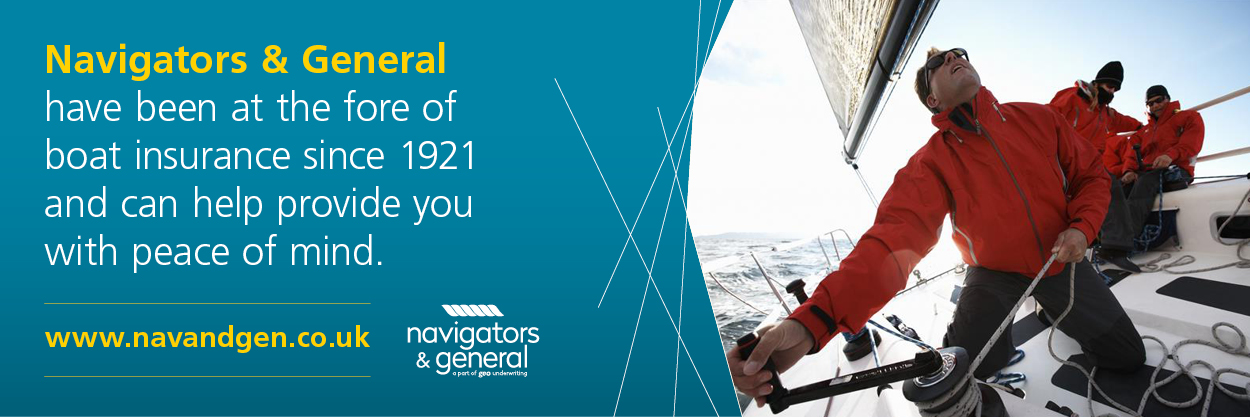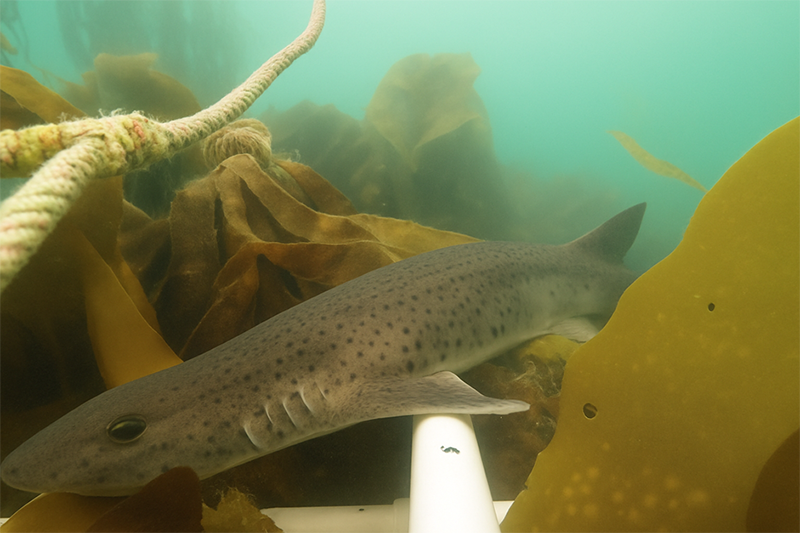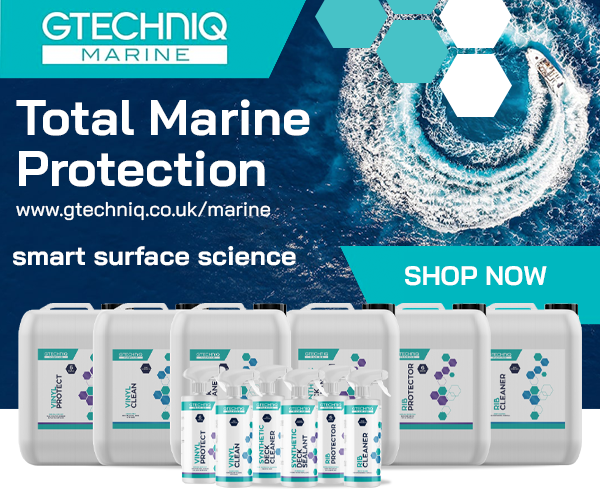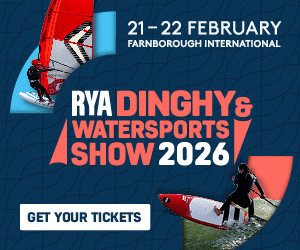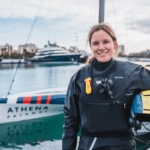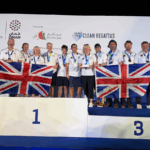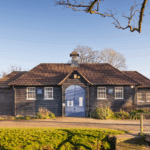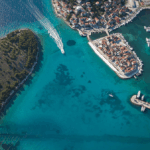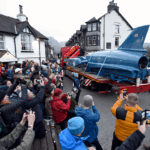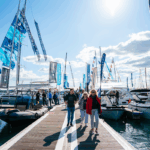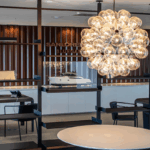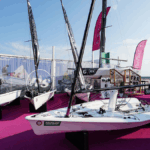Shark, eels, fish and crabs are among the creatures spotted so far beneath Falmouth Harbour in a project examining the diversity and dispersal of flora and fauna in inner harbour waters.
As part of the study the Falmouth Harbour team has helped Natasha Bamford, an MSc Marine Conservation student at the University of Plymouth, make and deploy Baited Remote Underwater Video Systems units (BRUVS) which use underwater cameras to film marine life attracted to bait-filled canisters.
Falmouth Harbour Environment Manager Vicki Spooner says, “I am always fascinated by the incredible creatures living beneath the surface of our seas – so these past few weeks have been particularly exciting.
“We’ve been working with Natasha and her colleagues to deploy two BRUVS systems in different areas of the harbour: one off Trefusis Head and the other beside the intertidal reef cubes and habitiles we’ve installed below the harbour wall at Church Street Car Park – with a project aim to compare a natural rocky reef with an artificial one, to see if there’s a difference in the mobile species present.”
Falmouth Harbour are grateful to Our Only World who not only sourced funding for the installation of the habitiles and reef cubes but also provided some additional funding to help them support Natasha and her project.
Tina Robinson from Our Only World says, “It’s always a privilege to be involved with the Falmouth Harbour team and be a part of their amazing conservation work. We extend our sincere thanks to Natasha for her valued hard work and collaboration and also to Sea-Changers who provided the grant. We are looking forward to the results.”
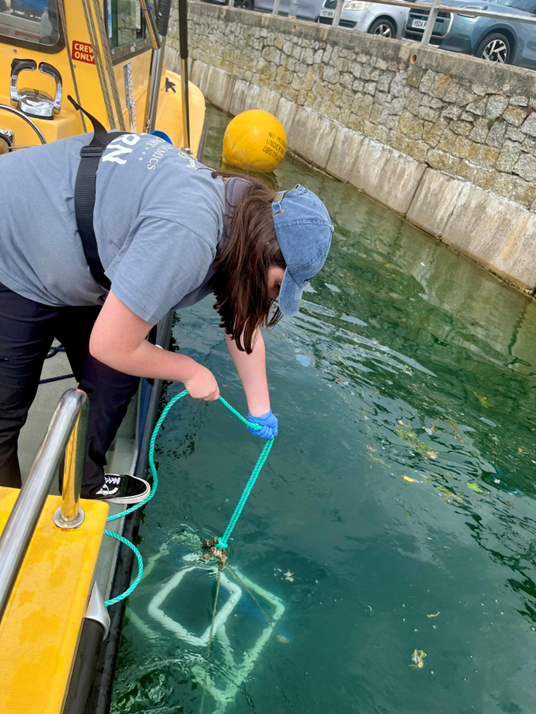
Natasha now has around 30 hours of footage to review with a fascinating variety of marine life caught on camera including a nursehound shark, five types of crabs (spider, shore, velvet swimmer, edible and hermit crab), a conger eel, snakelocks anemones and a range of fish including bass, wrasse, shanny and poor cod.
“Artificial reefs like Falmouth’s are created around the world to restore habitats and increase biodiversity, but despite their popularity there’s limited evidence to show how they actually work,” says Natasha.
“I’m trying to find out whether these artificial reefs (in Falmouth’s case the habitiles and reef cubes around the harbour walls of Church Street Car Park) – support the same variety of species as the natural rocky reefs nearby.
“As I go through the footage it’s so exciting to see what’s down there – in one case an entire shoal of more than 100 sand smelts – and I have to count every one!
“I couldn’t have done the project without the incredible help of the Falmouth Harbour team and it’s wonderful for us all to see species interacting within the artificial reef.”
Next comes the statistics stage and Natasha will be starting to compare species between the two reef sites ahead of writing her Masters dissertation. She is hoping her project can be done on a yearly basis and in different locations to see if reefs remain healthy and to understand how artificial reefs are working around the UK, comparing sites to see where they are most effective.
Falmouth Harbour will be sharing some of Natasha’s video and other images captured during this project. For more on this and other all environmental, leisure and commercial work of Falmouth Harbour visit https://www.falmouthharbour.co.uk/ and for information on the University of Plymouth’s Marine Conservation Research Group visit https://www.plymouth.ac.uk/research/marine-conservation-research-group




